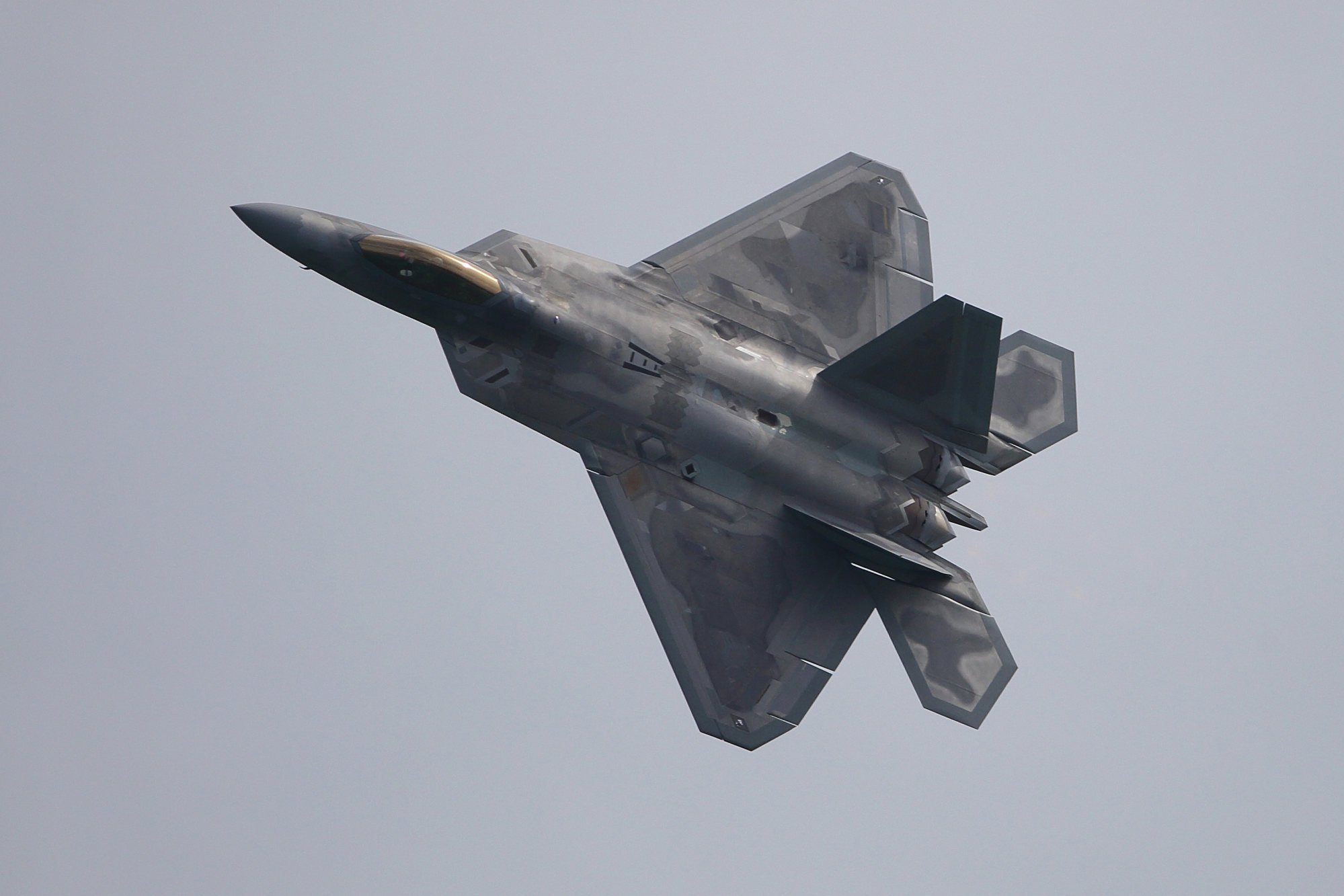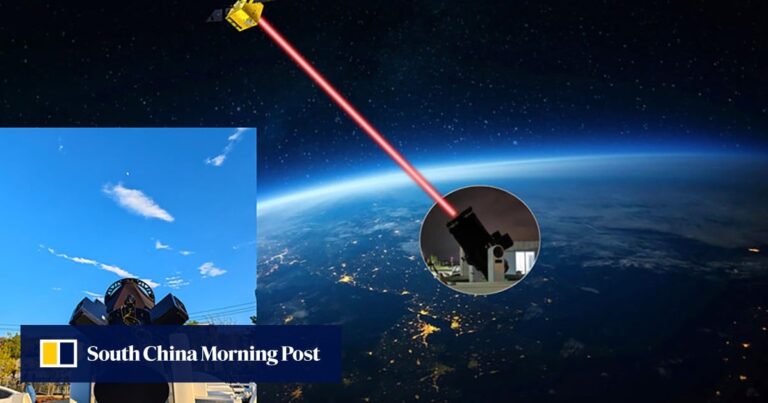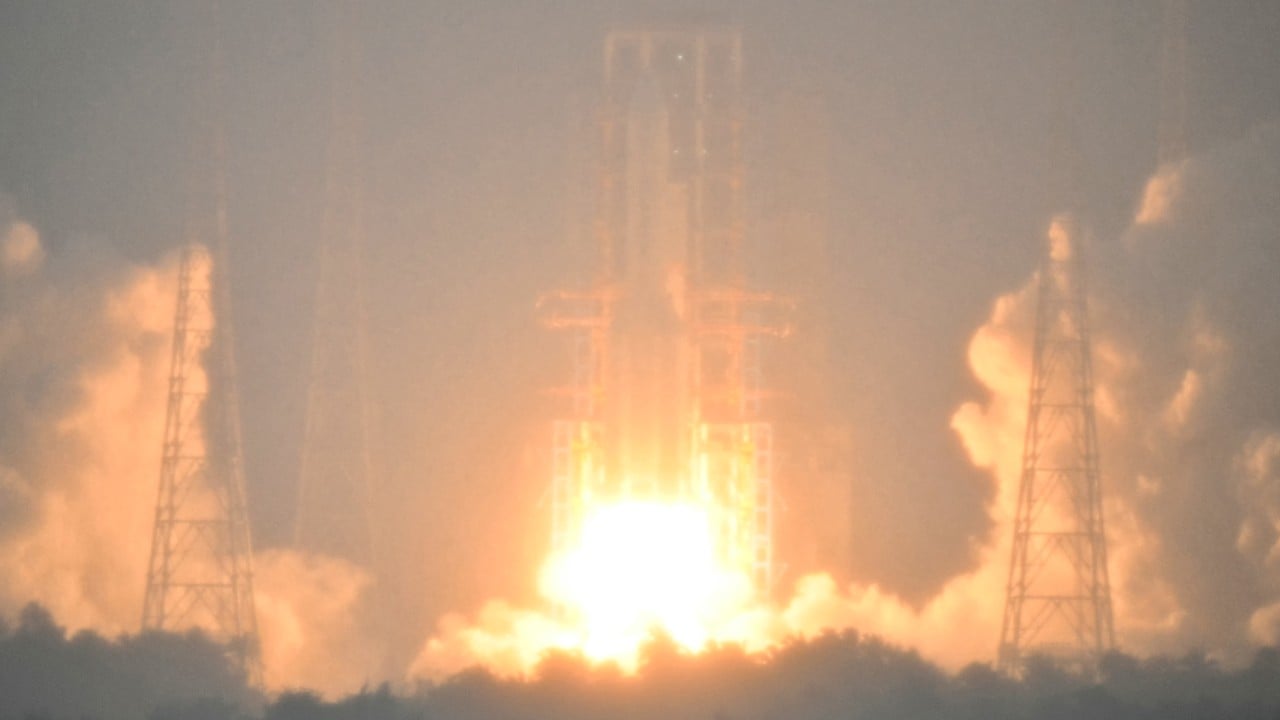Astronomers are confident that 1994 PC1 is not on a collision course with Earth and will pass safely.
This was a mission that took place in January 2022, but was recently declassified by the Chinese government and made public for the first time.
But researchers detailing the 2022 mission said China will continue to hone these technologies to protect humanity.
“Additional experiments will be conducted to observe fainter near-Earth asteroids using existing space-based instruments,” the project team, led by Professor Liu Jing of the National Astronomical Observatories of the Chinese Academy of Sciences, wrote in a peer-reviewed paper published in the China Journal of Deep Space Exploration in April.

After a thorough analysis of the satellite’s capabilities, the project team determined that tracking 1994 PC1 was technically possible but required thorough calibration of key instruments, including the exposure parameters of the optical sensors.
“The Jilin-1 video satellite needs to continuously adjust its altitude during orbital movement to take fixed-point images of the target observation area,” Liu et al. wrote in their paper.
“A total of 51 photo missions are planned for the period from 17 to 21 January 2022, with each photo mission lasting 15 seconds,” they added.
Meanwhile, Liu’s paper said China’s successful experiment shows that humanity can use existing space-based Earth observation systems to enhance its awareness and early warning capabilities for high-hazard asteroids.
The experiment also showcased China’s space-to-ground collaboration capabilities in a new light: Researchers used two large ground observatories, one in Beijing and the other in the Xinjiang Uyghur Autonomous Region, and a satellite dedicated to astronomy observations to coordinate with Jilin-1.
The next step will be to introduce a large-scale ground-based radar network to further improve the range and accuracy of tracking and targeting, Liu said.
Globally, the United States possesses by far the largest number of space assets, with more than 8,000 satellites currently in orbit, 12 times the assets of China.
Speaking at the Mitchell Institute for Aerospace Studies’ Space Security Forum in Washington on March 27, Gen. B. Chance Saltzman, chief of space operations, said China’s growing constellation of intelligence, surveillance and reconnaissance (ISR) satellites is creating the “kill web” the U.S. military fears most.
“Specifically, China has more than 470 ISR satellites that are building a powerful sensor-shooter kill web,” Saltzman said during his keynote address. “This new sensor-shooter kill web poses unacceptable risks to forward-deployed forces that most of us are not accustomed to thinking about.”
At the same forum, Space Rapid Capabilities Director Kelly D. Hammett also warned that the United States could fall behind in the race with China to upgrade its fighter aircraft architecture.
“We’re working on a lot of things, building new capabilities, trying new things, trying to get assets within range that operators can test and train on,” Hammett said.
“(But) it’s not the overall force structure that’s needed to compete, deter and potentially fight and win against the sheer number of assets that China is putting into orbit. China has 400 ISR vehicles, they’re launching 100 satellites a year, most of them very crafty. More than half of them are space combat satellites. Many of them are not commercial,” he added.


